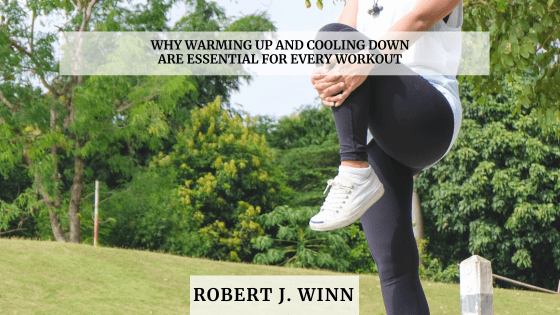Whether you’re a seasoned athlete or a casual exerciser, incorporating a proper warm-up and cool-down into your workout routine is crucial. These bookends to your training session might seem optional, especially when you’re pressed for time, but they play a vital role in performance, recovery, and long-term health.
The Importance of Warming Up
A warm-up is designed to prepare your body—physically and mentally—for the activity ahead. It gradually increases your heart rate, loosens your joints, and boosts blood flow to your muscles, which in turn raises muscle temperature. This increased circulation helps muscles become more elastic and responsive, reducing the risk of strains and other injuries.
Dynamic stretching, light cardio, and sport-specific movements are excellent warm-up strategies. For example, if you’re preparing for a run, a brisk walk followed by leg swings and gentle lunges can activate the key muscles and joints involved. The psychological aspect is also important: a proper warm-up can help you focus, mentally transition into workout mode, and boost confidence in your performance.
Without an adequate warm-up, your muscles and tendons remain stiff and less responsive, which can hinder performance and increase the likelihood of injury. Skipping it might save five minutes upfront, but it could cost weeks in recovery time later.
The Role of Cooling Down
Equally important is cooling down. After intense activity, your body needs time to transition back to a resting state. A cool-down helps gradually lower your heart rate and breathing, preventing sudden drops in blood pressure and promoting venous return—the flow of blood back to the heart. This reduces the likelihood of dizziness or fainting post-workout.
Light aerobic activity, such as walking or slow cycling, followed by static stretching, forms an effective cool-down routine. This helps flush out lactic acid and other metabolic waste products from the muscles, potentially reducing post-exercise soreness (DOMS—Delayed Onset Muscle Soreness).
Additionally, cooling down can improve flexibility and promote relaxation. It provides a valuable window to reflect on your workout, breathe deeply, and let go of tension, which supports both physical and mental recovery.
The Long-Term Benefits
Incorporating warm-ups and cool-downs consistently offers long-term benefits. You’re more likely to stay injury-free, perform better during workouts, and experience improved recovery times. For older adults and those with cardiovascular conditions, these practices are especially important in safeguarding heart health and joint function.
In conclusion, warming up and cooling down may seem like minor parts of a workout, but their impact is major. They prepare the body, protect it from injury, and promote faster recovery—all while enhancing overall performance. So the next time you think about skipping them, remember: a few extra minutes before and after your session can make a big difference in how you feel today—and in how you perform tomorrow.

